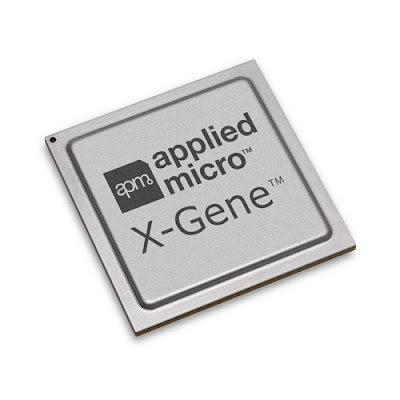
There’s a five (5) in the WWDC 2012 Apple logo if you look from just the right angle, many Apple enthusiasts agree.
However, by connecting the squares you also get a two (2), and even an eight (8) if you look at the bigger picture.
Despite the fact that Apple does hide clues in its logos occasionally, we have every reason to believe this is nothing more than simple speculation coming from people who love Apple products a tad too much.
So much that they’ll see an iPhone in everything, pretty much like those people who see the Virgin Mary in their coffee dregs.
Not to say there isn’t an offset chance Apple will announce its new iPhone at the WWDC 12 opening keynote, but the chances are so slim it’s not even worth bothering...



 4/27/2012 11:59:00 PM
4/27/2012 11:59:00 PM
 dannzfay
dannzfay























